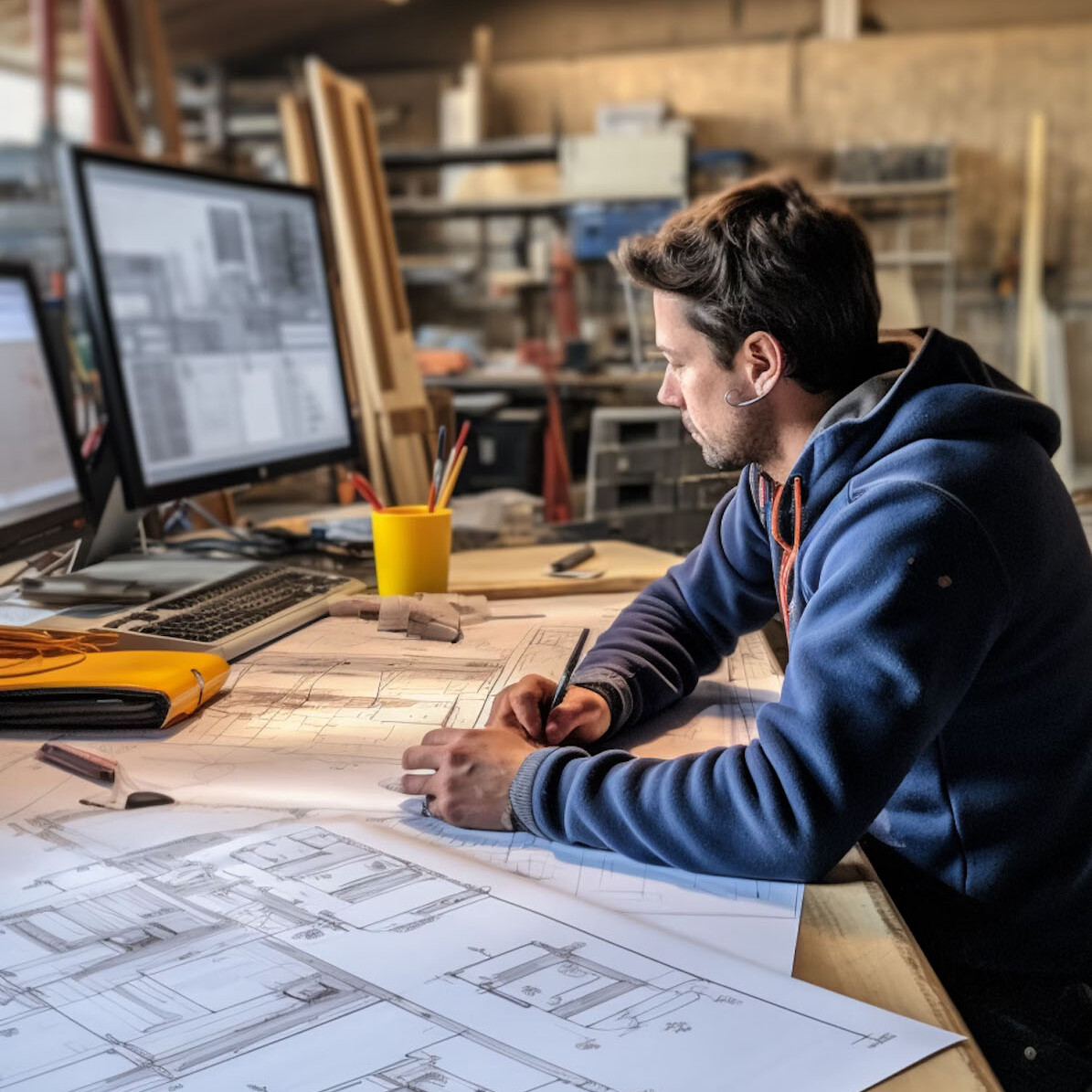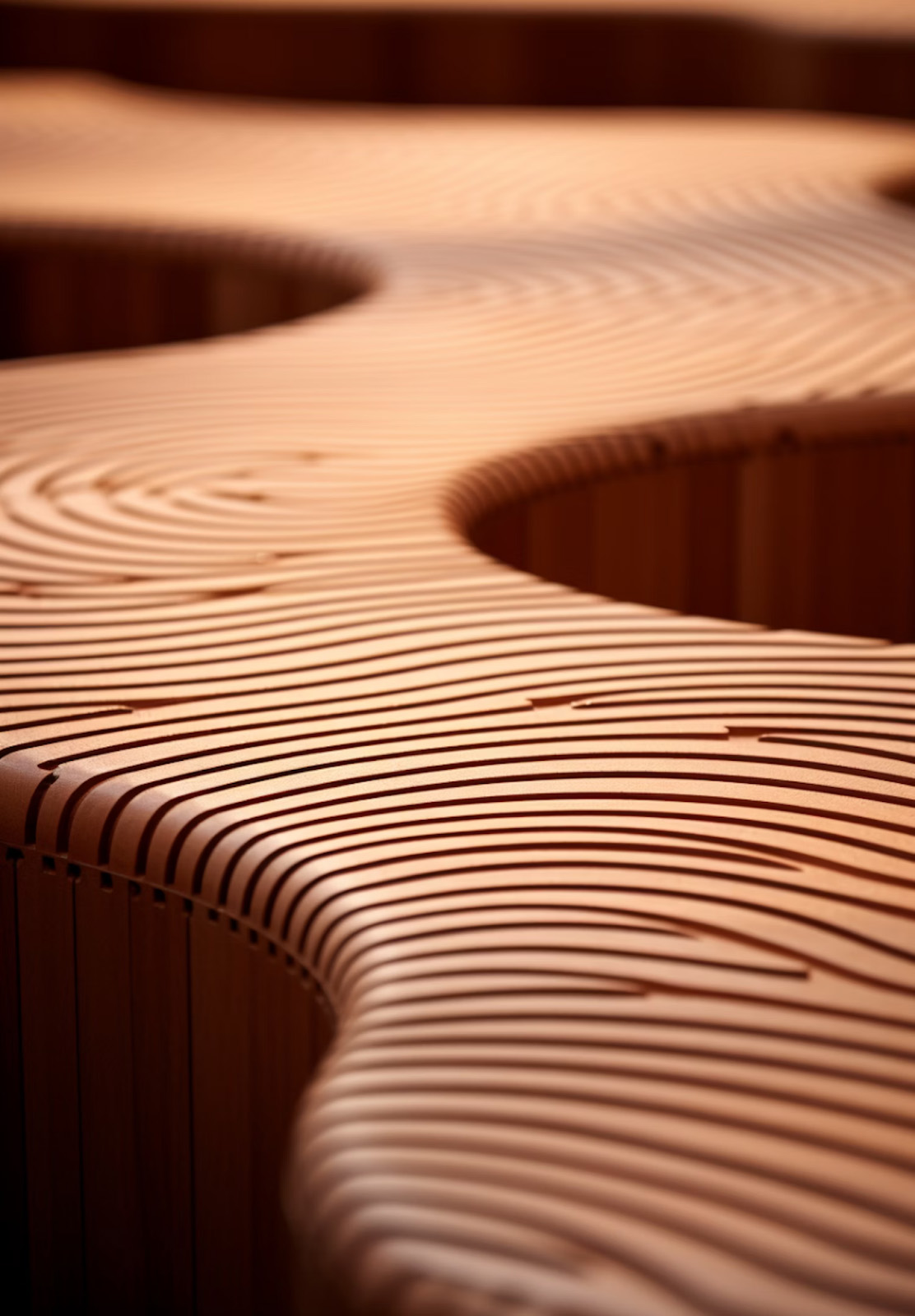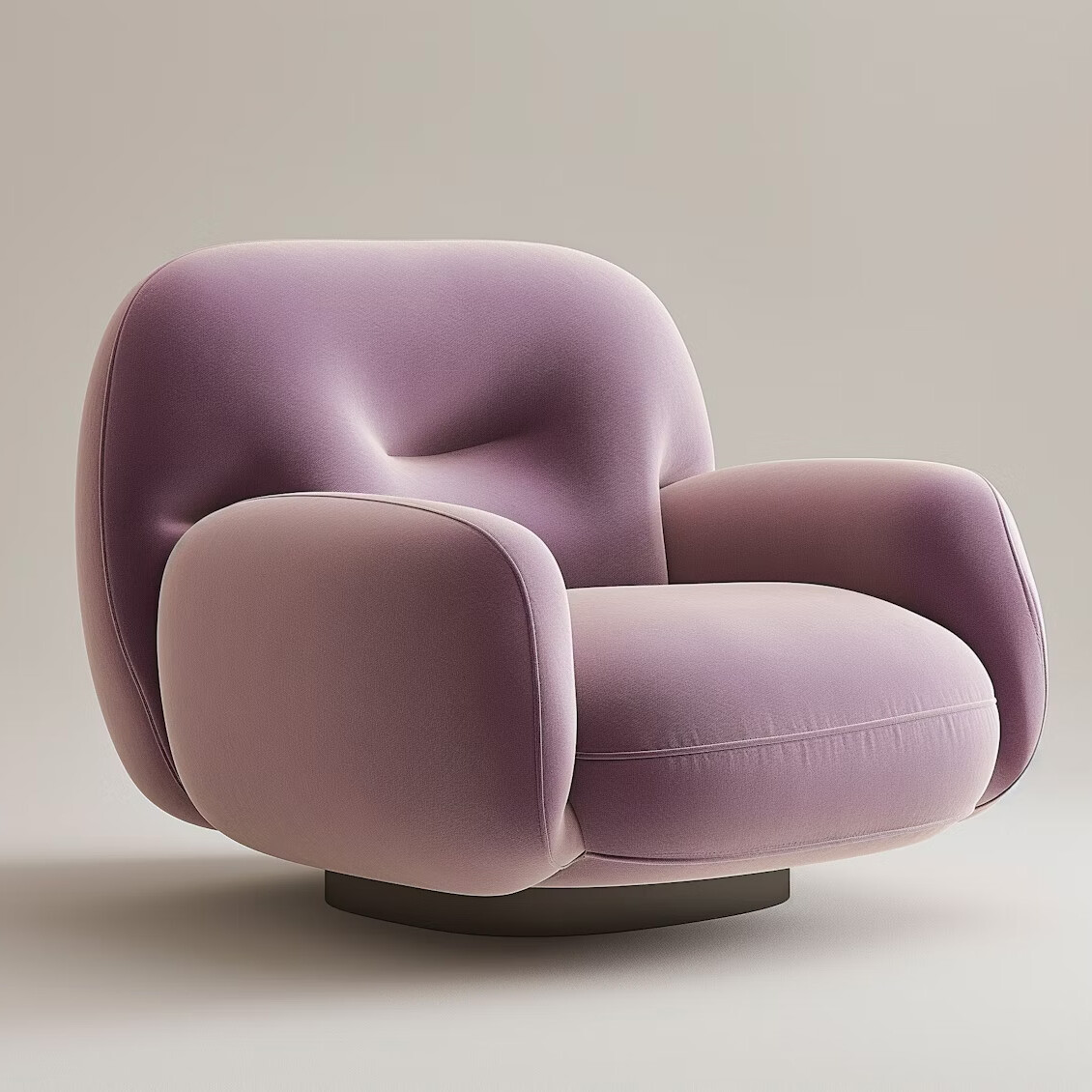
The furniture design landscape is rapidly evolving, driven by advancements in technology and innovation. For interior designers, staying abreast of these developments is essential to creating unique, customized pieces that meet the diverse needs of clients. In Toronto, a city known for its vibrant design scene, leveraging cutting-edge technologies like 3D modelling and virtual reality can significantly enhance the custom furniture-making process. Here’s a look at the latest furniture design technologies and their benefits for interior designers.
3D Modelling: Precision and Customization
3D modelling has revolutionized the way custom furniture is designed and manufactured. This technology allows designers to create highly detailed and accurate digital representations of furniture pieces before they are built. By using 3D modelling software, designers can experiment with different shapes, sizes, and materials, making it easier to visualize the final product.
One of the primary benefits of 3D modelling is precision. Designers can create exact specifications and dimensions, ensuring that the final piece fits perfectly within the intended space. This level of detail reduces the risk of errors and minimizes waste, contributing to more sustainable practices. Additionally, 3D models can be easily modified, allowing for quick adjustments based on client feedback or changing design requirements.
Virtual Reality: Immersive Design Experience
Virtual reality (VR) is another transformative technology in custom furniture making. VR enables designers and clients to immerse themselves in a virtual environment where they can interact with furniture designs in real time. By wearing VR headsets, clients can walk through a virtual representation of their space, experiencing how custom furniture pieces will look and feel within the actual environment.
The immersive nature of VR provides a more intuitive understanding of scale, proportion, and aesthetics. Clients can explore different design options, materials, and finishes, making more informed decisions and ensuring their satisfaction with the final product. For interior designers, VR facilitates clearer communication with clients, reducing misunderstandings and streamlining the approval process.

Computer-Aided Design (CAD) and Computer-Aided Manufacturing (CAM)
CAD and CAM technologies are integral to modern furniture design and production. CAD software enables designers to create precise technical drawings and schematics, which can then be used to guide the manufacturing process. CAM technology takes these digital designs and translates them into machine instructions, allowing for automated and highly accurate production.
The integration of CAD and CAM streamlines the transition from design to manufacturing, reducing lead times and ensuring consistency in the final product. This technology is particularly beneficial for custom furniture making, where precision and customization are paramount. By leveraging CAD and CAM, designers can achieve complex designs that would be difficult or impossible to produce manually.
Collaborative Design and Client Engagement
The adoption of advanced technologies fosters greater collaboration between designers and clients. 3D models and VR experiences can be easily shared and reviewed, facilitating ongoing dialogue and feedback. This collaborative approach ensures that the final design reflects the client’s vision and preferences, enhancing overall satisfaction.
In Toronto’s competitive design market, where innovation and client engagement are key, utilizing these technologies sets designers apart. Clients are increasingly seeking personalized experiences and unique, high-quality pieces. By incorporating 3D modelling, VR, CAD, and CAM into the design process, interior designers can deliver exceptional results that exceed client expectations.

Sustainability Through Technology
Technology like computer numerical control (CNC) milling machines are versatile and sustainable, and expand woodworking capabilities beyond hand and power tools. What’s more, this technology can be combined with traditional methods to streamline many woodworking processes and create beautiful, durable furniture.
Transforming the Industry
The integration of innovative design technologies in custom furniture making is transforming the industry, offering interior designers new tools to create precise, personalized, and sustainable pieces. By embracing 3D modelling, virtual reality, CAD, and CAM, designers can enhance their creative capabilities, improve client engagement, and streamline the production process. In Toronto, a hub of design innovation, staying at the forefront of these technological advancements is essential for success and delivering unparalleled value to clients.